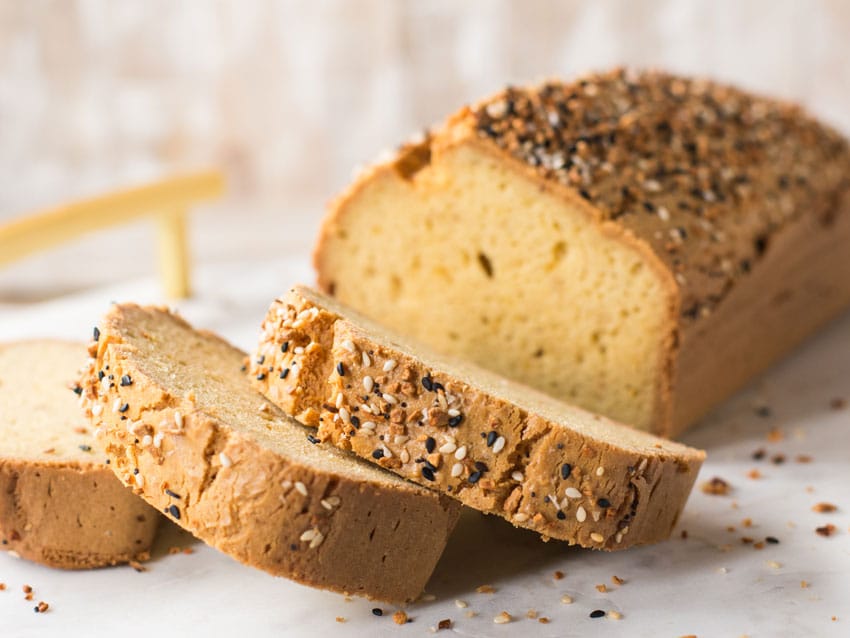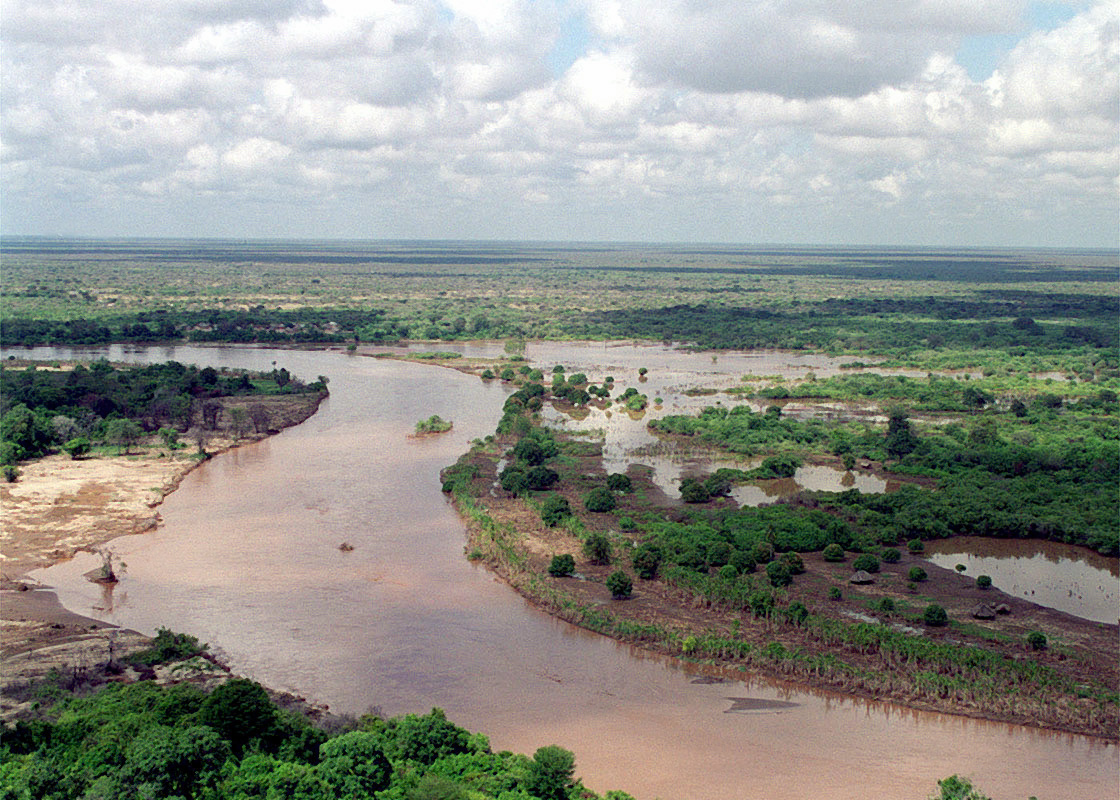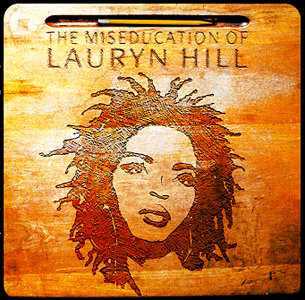Entomology was my first love.

Over the years, I have had many other love interests. Other than Kiswahili, there is no subject that I loved more than Biology. I easily scored a straight A in it on my final exams. Even then, I knew that I would either end up as a Linguist or a Biologist focusing on insects.
But as a certain Beatle said, life is what happens to you while you are busy making other plans.
I somehow ended up in an agricultural engineering course. Along the way, I became a blogger too and was part of the Media Team for the recent CGIAR Big Data in Agriculture Convention. After the event, I went to collect my dues at the International Center for Tropical Agriculture (CIAT) in Nairobi’s Kasarani area.
It was exciting for me.
You see, CIAT offices are located within the International Center for Insect Pathology and Ecology (ICIPE) headquarters. The site is a lasting reminder of the pioneering work done by my village mate, Prof. Thomas Odhiambo.

I arrived at the gate last Friday at around 10 AM and was immediately drawn in by two wrought iron statues of rhinoceros beetles.
I have a small collection of these insects and if I ever become an Entomologist, I will focus on them. Or butterflies, I was feeling them in my stomach.
Damn first loves, you never forget them.
Soon after, I was at the CIAT offices. Instead of going away after collecting the cash, I chose to hang around and discover what they are up to. During the convention, I never really got to attend any presentation by someone from the organisation and so I thought this would be the perfect opportunity.
I moved from office to office until, all of a sudden, I bumped into the Peruvian.
“It’s good to see you once again amigo!”
He spoke with a heavy accent, while patting my back with his tiny, plump left hand. We had met the week before at the gala dinner and quickly became friends.
All I had to mention was that my all time favorite book was originally written in Spanish. He, at the time, told me that he’d been working on a bean project at the institution.
“Come, friend, let me show you what we are up to…”

He is a short man with a plump stomach and probably in his mid 40s. Juarez walks rather fast and I have to keep up despite having longer strides. We pass three offices a narrow hallway with lime colored walls and a grey floor tiles. Throughout the stretch, the walls are filled with technical charts and pictures of CIAT scientists on the field.
I see one with Juarez holding a bag full of pulses, bursting with life.
“Here we are my amigo, come in!”
He jovially says as he opens the door into his office. The black desk is in a mess with only two things visible from the mountain of papers: A picture of his wife with their two daughters and a small Madonna covered in blue-white veils with a pink rosary thrown over it.
He asks me to go stand beside him as he settles on his brown swivel chair. It squeaks a little as he does so, crying from all the weight it has to bear. He laughs at it, and opens switches on the computer. The screensaver is an imposing image of Machu Picchu.

“You know what amigo, mis abuelos built this majestic thing, I’ll take you there when you visit Peru! Before that, though, let me tell you about the business of breeding beans”
He opens a several PDF reports and quickly takes me through each one, while speaking in a more serious tone:
“There are many reasons why crop breeding is done. Many times, it is to create new varieties that can generate higher yields in the face of environmental issues. Often, a certain taste is desired. At times, is for the sake of aesthetics especially in high income economies…”
He reaches into his navy blue pants and takes out a white handkerchief. He squints his large eyes and wipes sweat off his brown, plump face. As he does so, I notice that the hanky has an image of the Powerpuff Girls fighting Mojo Jojo.
I, strenuously, hold my laugh as he puts it away and continues:
“At CIAT, we focus on developing new varieties for increased income, nutrition and resilience. This is particularly important for our home continents given that Africa and S. America are the highest bean consumers and among the poorest regions…
In the past 20 years alone, we have facilitated the release and uptake of more than 500 different bean varieties” .

He holds his breath to let it sink in. The chair squeaks again. He laughs at it, then finishes with:
“It is all about business, mi amigo. The breeds are meant to meet market demands. High yielding breeds allow farmers to produce more and generate more income. At times, some of these varieties are specifically designed for canning, fast cooking and certain nutritional needs such as iron deficiency.”
He stands up and tells me to think about it.
I do so, and conclude that crop breeding is advantageous to farmers. When availed with the right varieties, they can be able to generate facilitate food and nutritional security.
At the same time, they will grow their income levels, one bean at a time. One breed at a time.
Keep breeding!



























